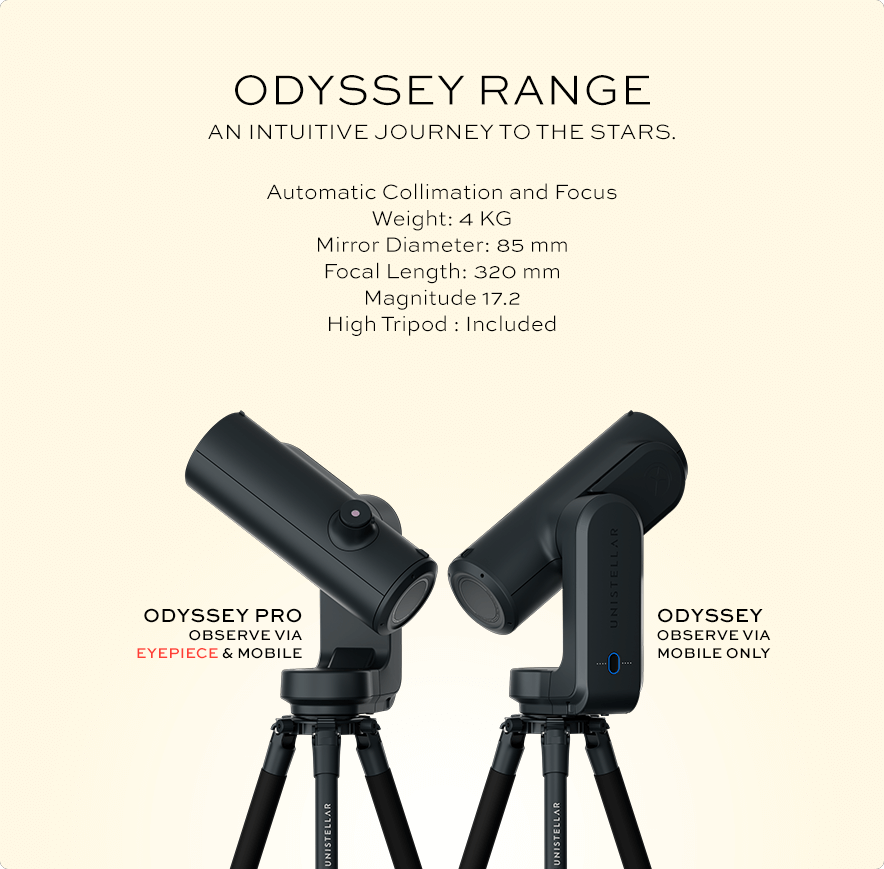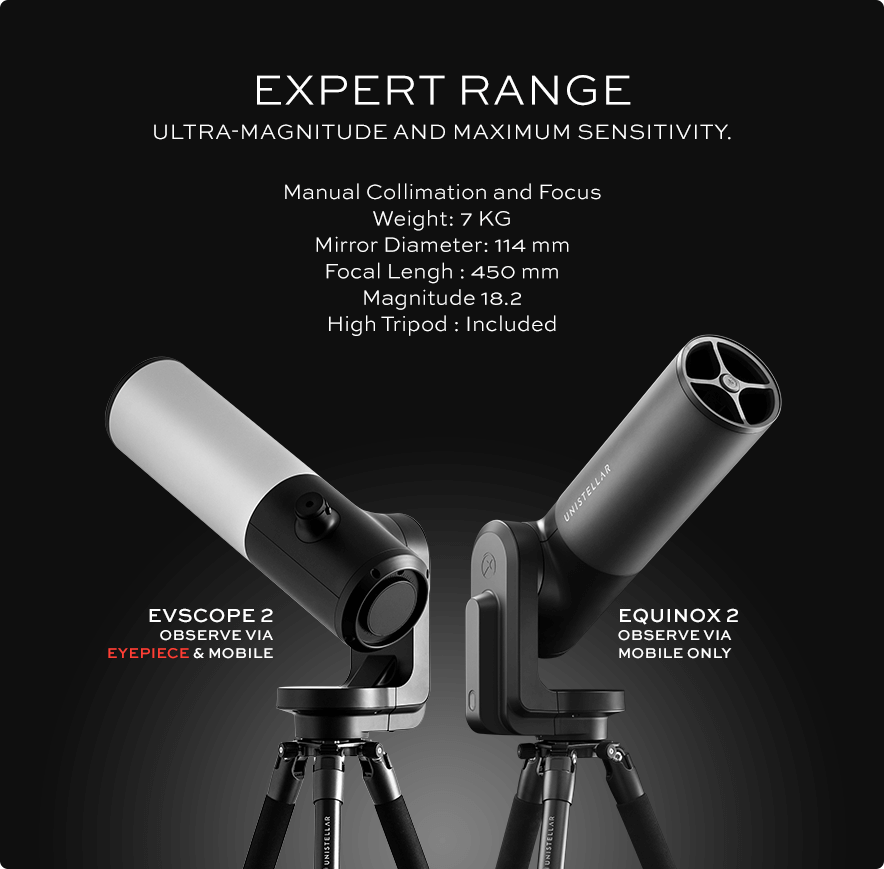THE COSMOS IN AMPLIFIED VISION
Explore the mysteries and beauty of the universe with UNISTELLAR telescopes, the first smart telescopes developed and designed primarily for visual observation.
- ODYSSEY Range [ODYSSEY PRO & ODYSSEY] An intuitive journey to the stars.
- EXPERT Range [EVSCOPE 2 & EQUINOX 2] Ultra-magnitude and maximum sensitivity.
“UNISTELLAR has created a nearly foolproof instrument that even novice skywatchers will have a blast with.”


AN UNRIVALLED EXPERIENCE
A true revolution in astronomical observation, UNISTELLAR’s exclusive Dynamic Signal Amplification Technology increases the light signal in real time. The levels of intensity, detail and coloration obtained are unprecedented in the world of consumer telescopes.
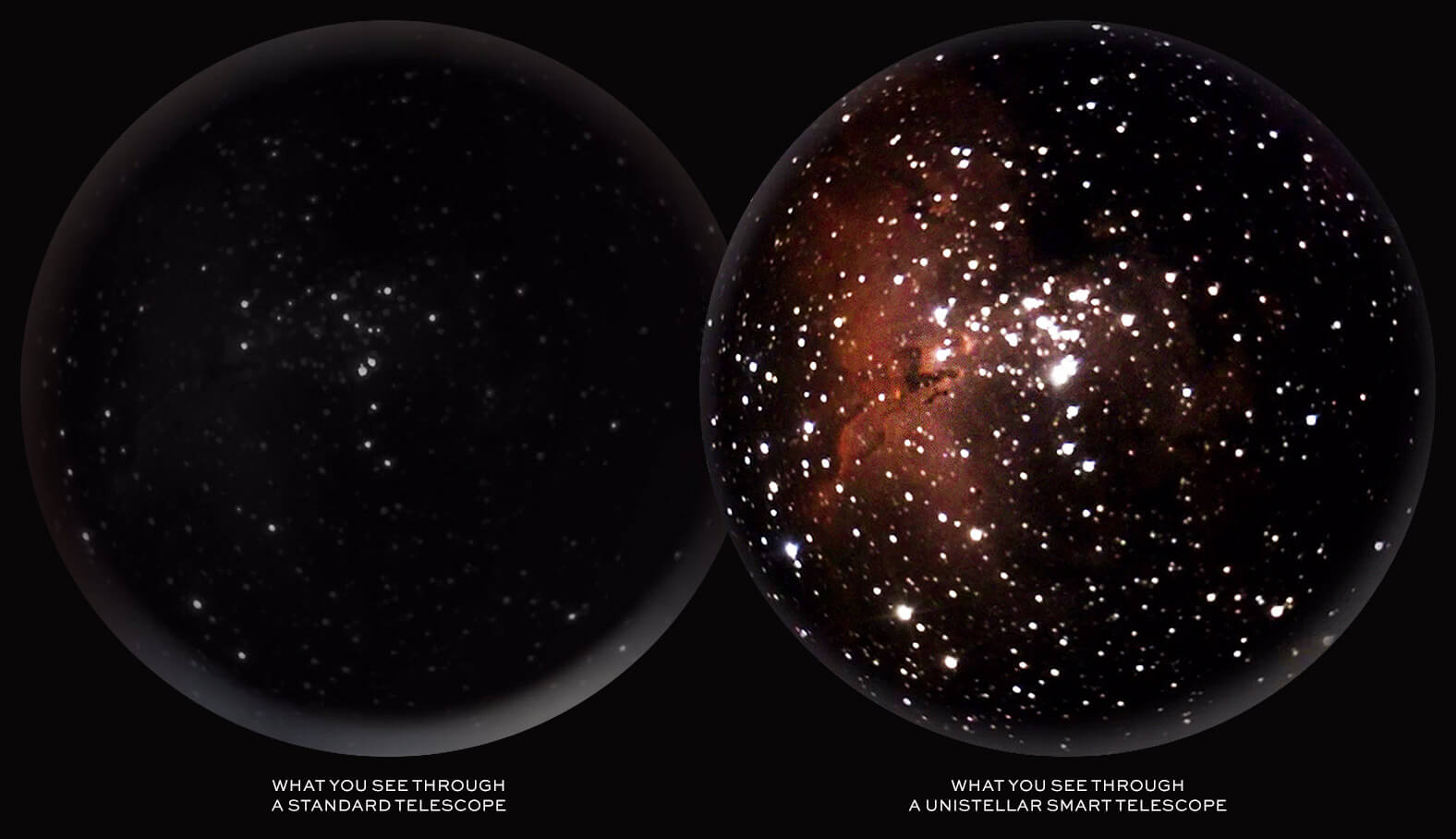
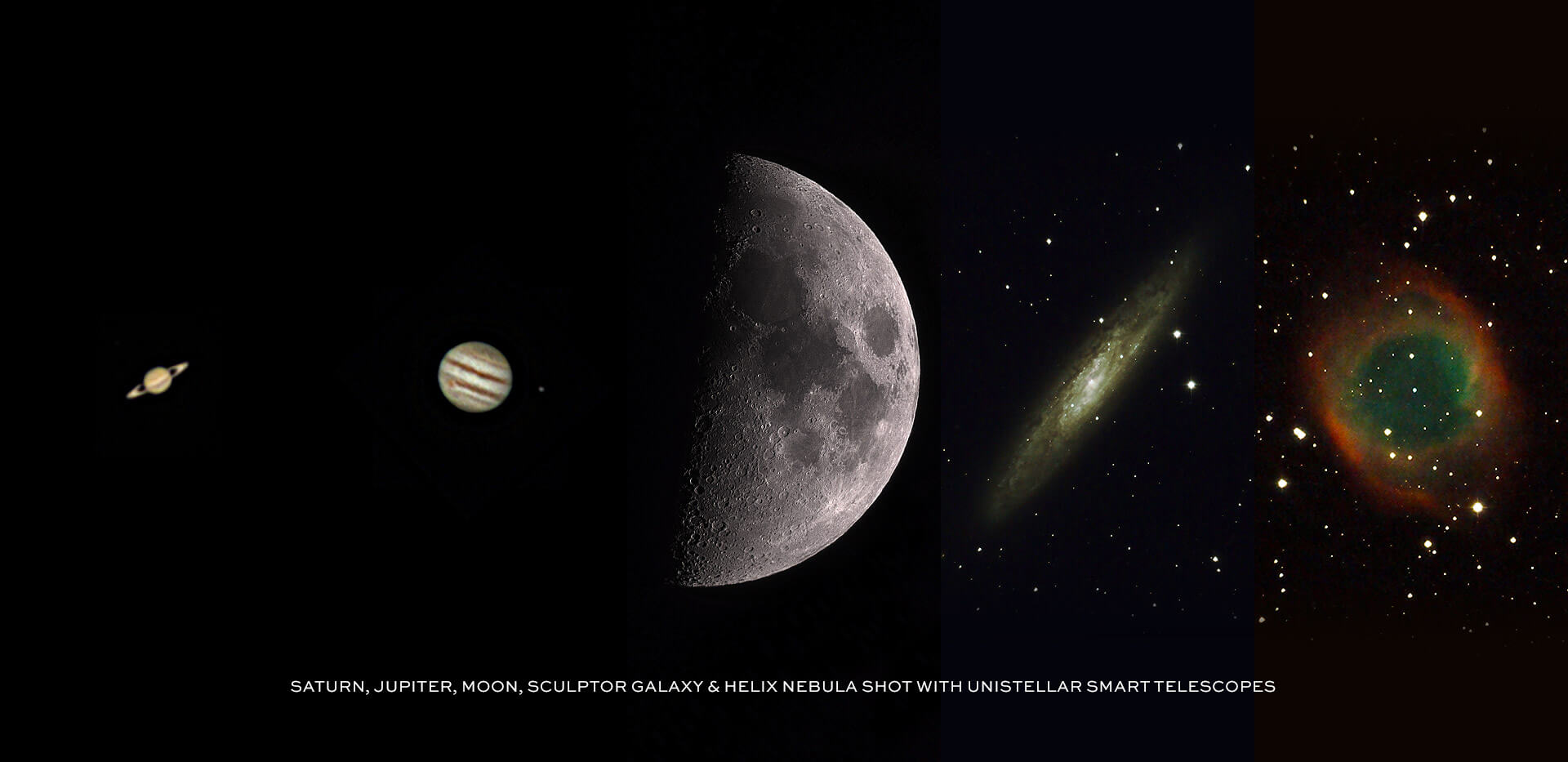
THE COSMOS IN 2 MINUTES
There’s no need to make tedious adjustments, use bulky equipment or plan your observation nights in advance: UNISTELLAR smart telescopes tell you which object to observe according to your position, point at it and follow it automatically.
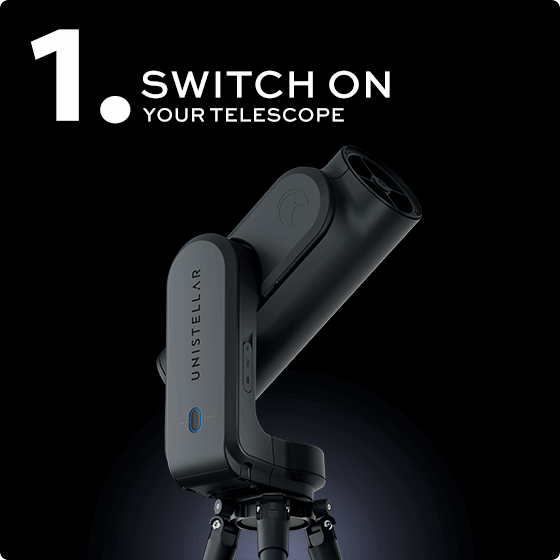
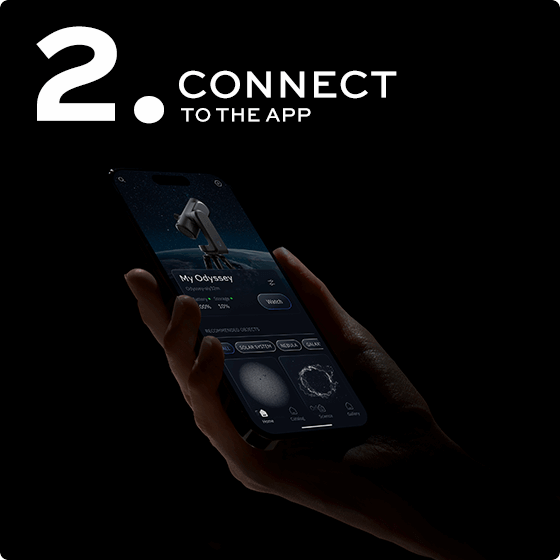
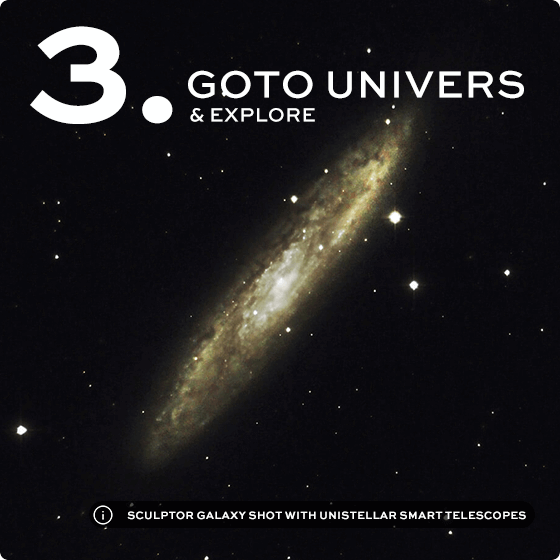
A JOURNEY TO SHARE
Control your smart telescope from your smartphone or tablet with the UNISTELLAR App. Navigate the cosmos, capture your astronomical discoveries with a simple click, and share unforgettable memories with family and friends.
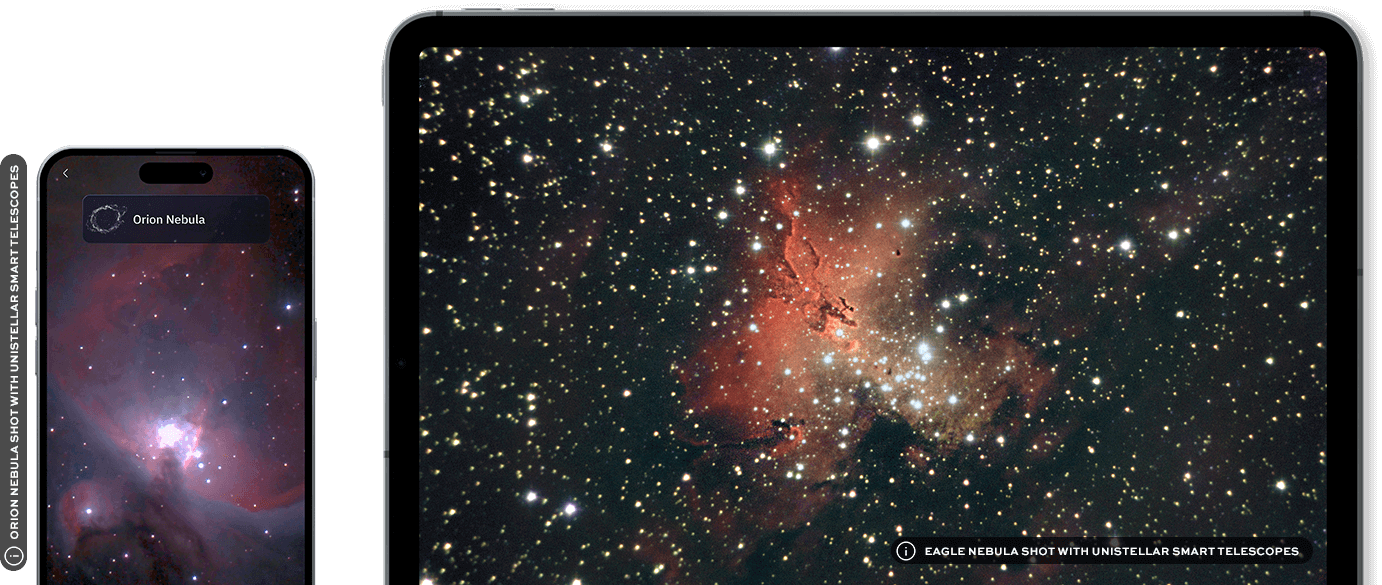
Curiosity Fueled Innovation
Loaded With Advanced Technology
We’re merging advanced engineering with user-friendly design to unlock the mysteries of the universe.
